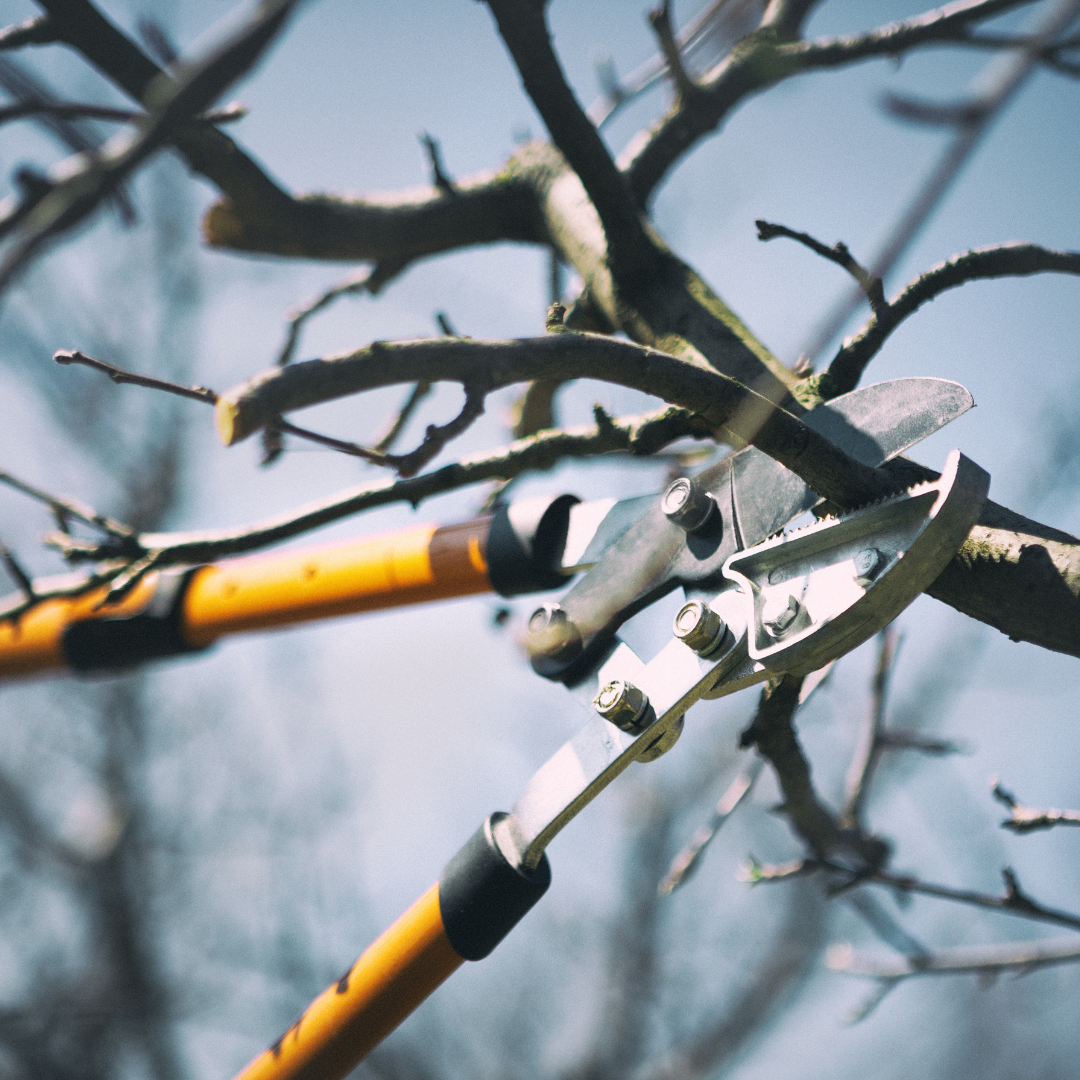Winter Pruning
Winter pruning is an essential gardening technique that not only helps to maintain the health of your plants but also promotes optimal growth and yields. We understand the importance of winter pruning and are here to provide you with expert tips and guidance on how to do it right so your garden will thrive year-round.
1. Timing: In general, it's best to prune during the dormant season, when plants are not actively growing. This is because it makes it easier for the plant to recover for next year’s flowers. It’s also easier to see the true shape of the plant since the foliage is gone. For most trees and shrubs in Wisconsin, this means pruning in late fall or winter, before new growth begins in the spring. Make sure to choose a mild, dry day as this helps to prevent the spreading of waterborne plant diseases.
2. Tools: Make sure you have the right tools for the job, including sharp pruning shears, loppers, and a pruning saw for larger branches. Clean your tools with rubbing alcohol between cuts to prevent the spread of disease.
3. Technique: When pruning, make clean cuts just above a bud or lateral branch. If the branch is partially dead or diseased, we recommend pruning the entire branch. Avoid leaving stubs, as these can be entry points for pests and disease. It’s best to remove damaged branches, as well as any crossing or rubbing branches. Unwanted lower branches on all evergreen shrubs and trees should be removed in late winter.
By following these tips, you can help ensure the health and vitality of your trees and shrubs through the winter and into the growing season.

